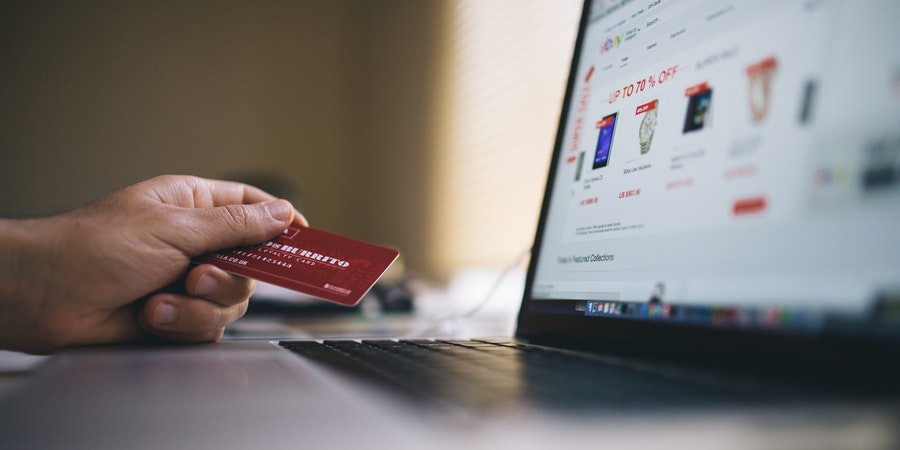Times are always changing, and brands across the globe are geared towards innovating the bigger and better. As a result, SMS might be placed in the position of being an age-old medium on the verge of extinction. However, with its constant 98% success open rate, SMS is here to stay and is modestly adapting and developing with the times.
The benefits of SMS continue to grow, one of these being Two-factor and Multi-factor authentication.

What is Two-factor authentication (2FA)?
Two-factor authentication also known as two-step verification is a security process in which the user provides two authentication factors to confirm they are whom they say they are. 2FA can be contrasted with single-factor authentication (SFA), a security process in which the user provides only one factor, which is typically a password.
Two-factor authentication is basically the use of something more than just a username and password to identify a user. The problem with usernames and passwords is that they are simply something a user knows. Someone else can steal this information relatively easy. Two-factor authentication requires access to two separate factors:
- Something the user knows (username and password), and
- Something the user owns (mobile phone or device)
When a two-factor login is required, a user must input their username and password then wait for a security question or randomly generated passcode to be sent to their mobile device. This additional security measure requires the person logging into the account to also have a specific physical device in their possession. In this way, remote security breaches are prevented – which constitute the majority of account breaches.
What is multi-factor authentication?
The multi-factor authentication (MFA) method involves using at least three elements among something you are (inherence factor), something that you possess (possession factor), something you know (the knowledge factor). In fact, it is possible to use 2, 3, 4 and even 5-elements of authentication
Companies operating online try various ways to defend themselves against illegal access to their clients' data. Even a very strong password, created in accordance with the guidelines required by network administrators, may not be the best weapon against online thieves. Then, multi-factor authentication may become the right choice to avoid data leakages.
Data that can be captured while using the internet can lead not only to the loss of accounts on social networks. Worse things happen when the target of thieves becomes a bank account or sensitive company data. This situation forces companies to implement tools to authenticate the login process in their systems.
The Benefits of Implementing Two or Multi-factor Authentification
From a financial services perspective, the importance of two-factor authentication can't be stressed enough. If you aren't using it in your organisation, then you need to re-evaluate your current state of security quickly. Here are some reasons why you need it:
Customer Satisfaction and Peace of Mind
Customers are becoming increasingly savvy and have grown to expect two-factor authentication from many of their service partners. If you want to give your clients peace of mind, then it's imperative that you offer this comforting safeguard. Even if it never protects them against an actual attack, the enhanced level of security they feel will ultimately reward you with long-term loyalty.
Increased Cyber Threats
The frequency and intensity of security breach attempts will only increase in the future, and you need to be prepared. According to a study from PwC, the number of reported security incidents rose by 48 percent in 2015 to 42.8 million. This trend doesn't appear to be stopping any time soon, either. The compound annual growth rate of detected security incidents has grown a whopping 66 percent year over year since 2009. In other words, you may be getting along fine without two-factor authentication right now, but you indeed won't be able to survive in the future.
Liability Issues
If a security breach ever happens within your organisation, then you're bound to face serious liability issues. If you don't have adequate safeguards in place, it's going to be difficult to claim innocence. On the other hand, if you have a detailed security plan in place – and one that includes two-factor authentication – you'll be able to positively claim that you've done everything you can to protect sensitive client information.
Extremely Simple and Cost Effective
The final reason for leveraging two-factor authentication sooner rather than later is that it's extremely simple and cost-effective to get started. By choosing the right service partner, you'll be able to continue your existing operations without a hitch.
Applications which already use this methodology
There are many applications and companies who have already this two-step authentication process. Enterprises such as Google, Microsoft, Apple, Box, Dropbox, LinkedIn, Facebook, Twitter and Evernote all use 2FA in their security measures. With such major businesses using 2FA as one of their security measures, 2FA begins to advertise itself once more as a valuable and worthwhile option for you and your business.
Additionally, many financial institutions such as Absa, Standard Bank and Capitec use two-factor authentications. With financial institutions needing to ensure that their security is stable, why not take a page out of their book and using two-step authentication for your business.
Why SMS works
Although many smartphones utilise different software such as Android and iOS they all share one common denominator, that being SMS. With this in mind, why not use a tool that is adaptable to every phone, no matter the software and have the added benefit of keeping your customers in the loop through SMS.
Contact Us for Messaging Security Solutions
iTouch is one of the few messaging companies in Africa that abide by GDPR and POPI security standards. If you need assistance in building an effective messaging solution for your business, contact us to see how we can help.
Sources:
- https://searchsecurity.techtarget.com/definition/two-factor-authentication
- https://www.smsapi.com/blog/password-sms-how-can-a-text-message-become-an-element-of-multi-factor-authentication/
- https://www.openmarket.com/blog/two-factor-authentication-for-financial-services/
- http://www.lawtechnologytoday.org/2014/11/multi-factor-authentication-is-effective-and-easy-to-use/
